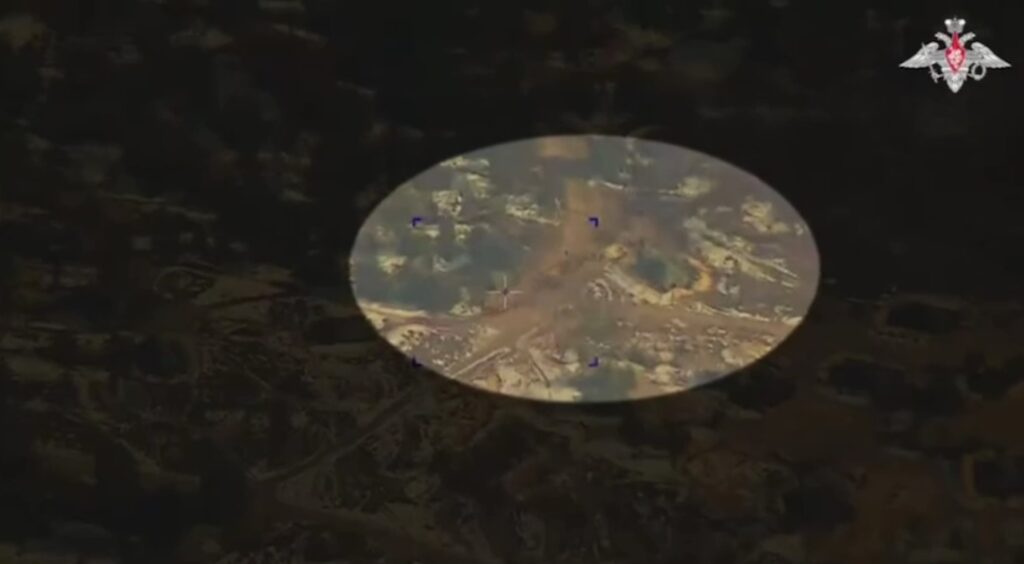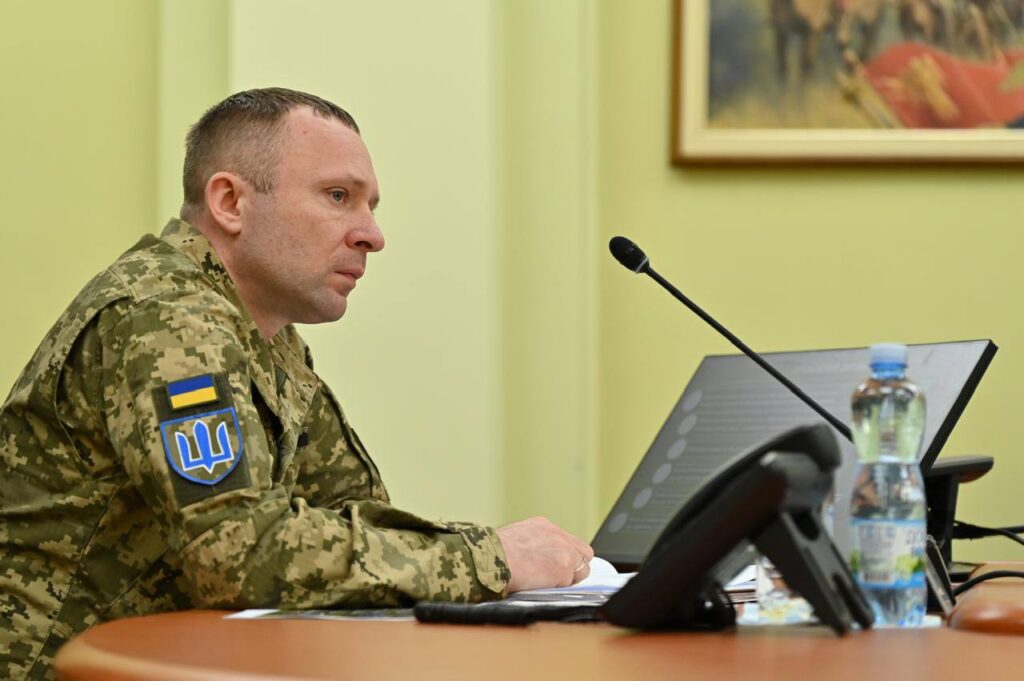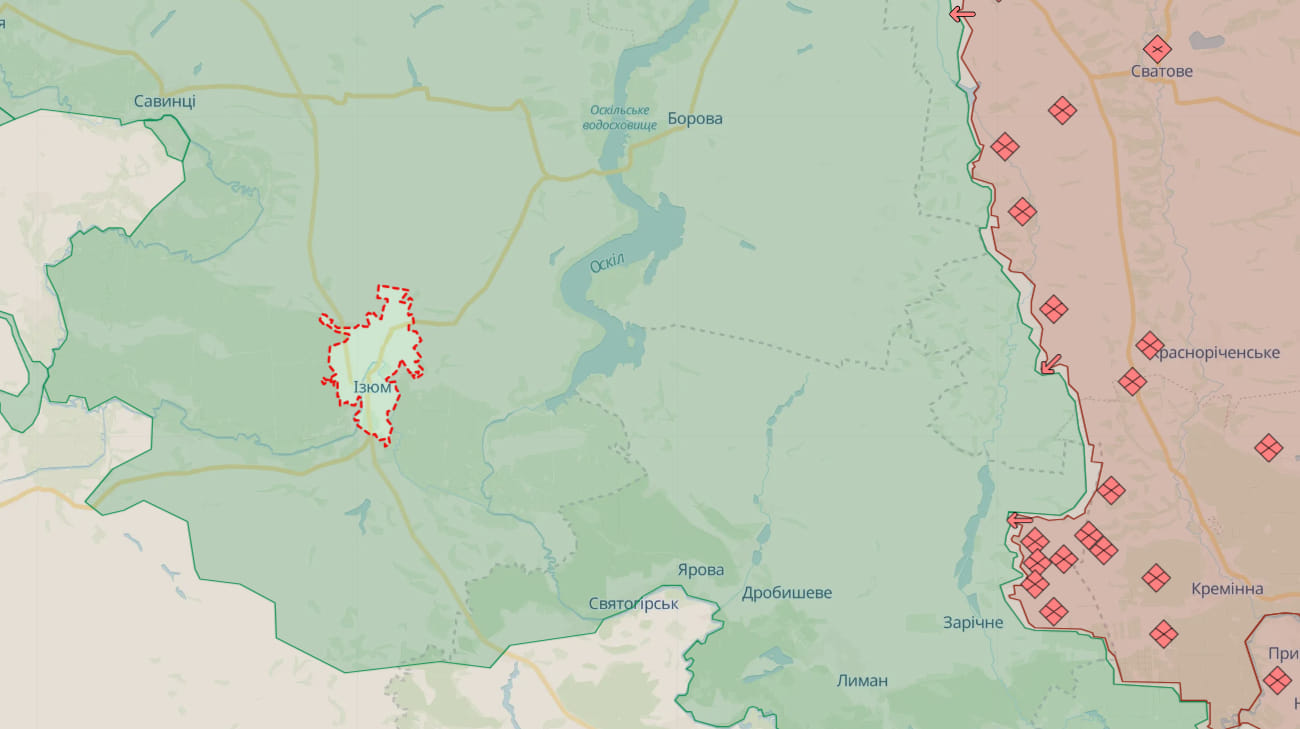Ukrainian soldiers saw the drone—and then did nothing. A Russian missile did the rest
A Russian Iskander-M missile killed dozens of Ukrainian soldiers in formation near Dnipro after commanders failed to disperse troops despite spotting a Russian surveillance drone overhead.

A Russian missile strike on Ukrainian soldiers assembled in formation has resulted in mass casualties, according to reports that began emerging on Sunday evening, 2 March. Initially unclear, information gradually revealed that on 1 March, Russian forces had struck a training ground in Cherkaskе village near Dnipro with an Iskander-M cluster missile, approximately 100-130 kilometers from the front line.
Military analysts report that the 157th Separate Mechanized Brigade at the Novomoskovsk training ground was hit while soldiers gathered in an open courtyard. The strike, guided by a Russian Orlan drone, led to dozens of deaths and hundreds of injuries. Despite spotting the drone overhead, Ukrainian forces failed to take protective measures, leaving the formation exposed.
Ukrainian military journalist Yurii Butusov noted that the affected unit consisted of former deserters who had returned to service. He estimated around 130 casualties, including up to 40 fatalities.
“If soldiers are wasted this carelessly, there will never be enough of them—never, for anyone,” Butusov stated in frustration.
The 157th Brigade was previously involved in a mass desertion scandal in the autumn of 2024, though the unit had reportedly improved significantly since then.
This incident highlights the dangers of adhering to outdated Soviet military practices that emphasized centralized control and large formations. In modern warfare, such concentrations of personnel are prime targets for enemies equipped with advanced surveillance technology and precision weaponry.
Russia’s Ministry of Defense released drone footage of the attack showing a cluster warhead striking the personnel, with multiple simultaneous explosions visible. The footage also captured military tents and soldier movements before the strike.
This represents the latest in a series of similar strikes, following another reported attack near Zaporizhzhia days earlier, suggesting a pattern of vulnerability that continues to cost Ukrainian lives.
Unclear death toll as hospitals struggle to cope
The exact number of dead and wounded remains uncertain. Ukrainian public broadcaster Suspilne reports that a “large number of injured” soldiers are being treated at a regional hospital in Dnipropetrovsk Oblast following the strike, according to their sources within the medical facility.
A volunteer coordinating aid confirmed that medical centers were overwhelmed with casualties, with some wounded evacuated to other hospitals for treatment.
“We quickly mobilized, joined forces, and provided urgent supplies to all our hospitals. Right now, the main needs—clothing, blankets, bedding, water, food, and hygiene essentials—have been met,” the volunteer said, adding that relatives of missing soldiers have sought help locating those unaccounted for since the attack.
Serhii, head of medical services at one of the regional hospitals, confirmed they are treating wounded soldiers whose conditions have now stabilized.
“Most had blast injuries with shrapnel wounds across their bodies—head, limbs, abdomen, and chest. Some remain under our care, while others have been transferred to different medical facilities. Their condition is now largely stable,” he said, noting that some patients will require additional surgeries in the coming days.
General Drapatyi hints at security failures
On 3 March, two days after the attack, General Mykhailo Drapatyi, commander of Ukraine’s Ground Forces and the Khortytsia Operational-Strategic Grouping, confirmed mass casualties at the training ground.
“The tragedy is a horrific consequence of an enemy strike. War demands swift decisions, accountability, and new security standards—otherwise, we suffer greater losses than we can afford,” Drapatyi wrote on social media, extending condolences to victims’ families.

Addressing criticism over the delayed response, Drapatyi explained he waited for initial reports to avoid speculation.
“Everyone who made decisions that day—and everyone who failed to make them in time—will be held accountable,” he emphasized.
Without directly confirming reports that the strike occurred during a troop formation, Drapatyi condemned those who “force soldiers into outdated procedures, disregarding their safety” and announced an independent investigation with military counterintelligence.
The Ukrainian Ground Forces later confirmed one of its units was targeted, acknowledging casualties without specifying numbers. Commander-in-Chief General Oleksandr Syrskyi announced the suspension of the training center head and military unit commander pending investigation, while the State Bureau of Investigations opened a criminal case into the incident.
Meanwhile, MP Maryana Bezuhla criticized the lack of accountability, stating that formations like this happen daily, yet no one has been punished.
“Syrskyi remains Commander-in-Chief of the Armed Forces of Ukraine. What did you expect? As long as Soviet-era leadership remains in power, people will continue to die due to their incompetence and inability to adapt,” she wrote on social media.
A pattern of deadly strikes
The Dnipropetrovsk Oblast attack represents at least the third major incident of its kind during the war. In September 2024, Russian forces struck Ukrainian Defense Forces near Bezdryk in Sumy Oblast with an Iskander missile targeting a troop formation. Though casualty numbers remain undisclosed, the incident resulted in confirmed losses.
The most devastating precedent occurred on 3 November 2023, when Russia targeted the 128th Separate Mountain Assault Brigade in Zaporizhzhia Oblast. Soldiers had gathered for an awards ceremony when the missile struck, killing 19 Ukrainian soldiers and two civilians.
A subsequent Ministry of Defense investigation exposed critical security failures. Troops had assembled in an open courtyard with multiple military vehicles parked nearby, creating an obvious target. Despite an active air raid alert triggered by a Russian reconnaissance drone and specific warnings about a missile launch, leadership implemented no protective measures.
Brigade Commander Dmytro Lysiuk, who arrived just minutes after the strike, was suspended during the investigation. President Zelenskyy later described the incident as a “tragedy that could have been prevented.”
These repeated fatal strikes suggest a troubling pattern—whether from institutional failure to adapt or, as some observers suggest, possible deliberate negligence. With Ukrainian forces increasingly vulnerable to sophisticated surveillance and precision weapons, military analysts emphasize that abandoning Soviet-era assembly practices has become a matter of survival, not merely tactical preference.
Read more:
- Ukraine’s 128th Brigade confirms deaths of 19 soldiers in Russian missile attack
- Modern weapons, ancient lessons: Why Ukraine’s NATO-trained brigades struggle to deliver
- Frontline report: Ukrainian forces exploit shock tactics to reclaim vital supply route near Pokrovsk



